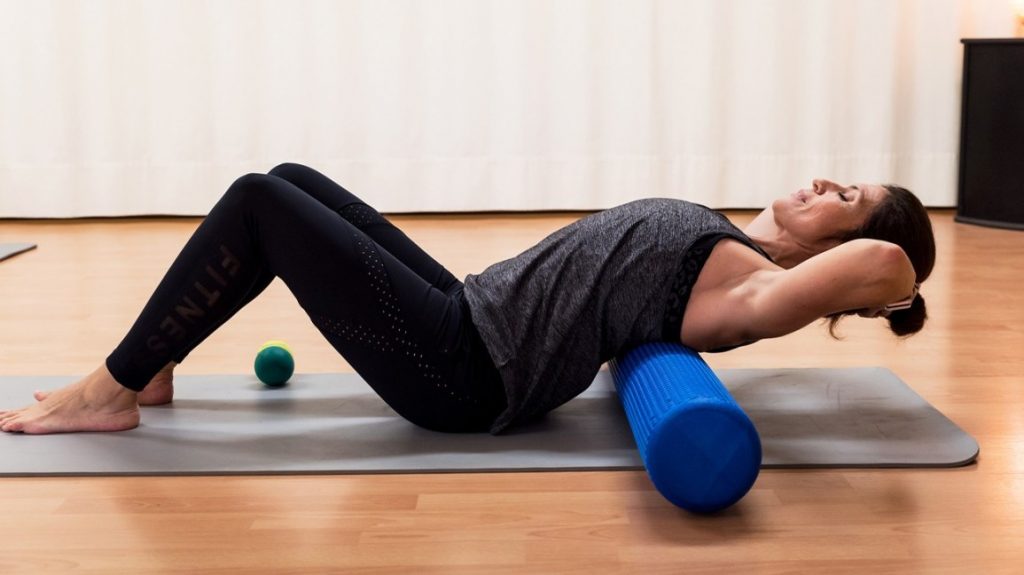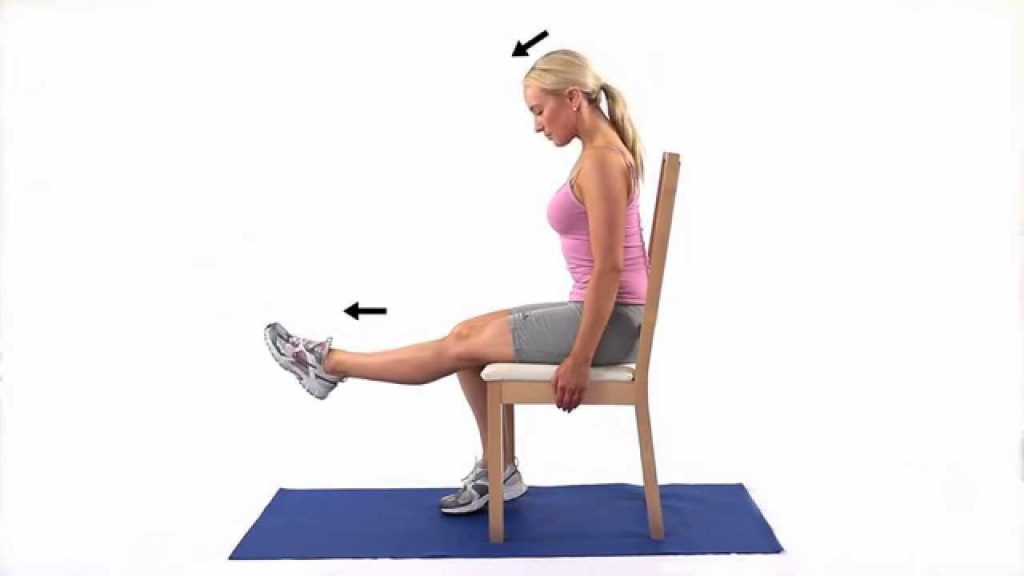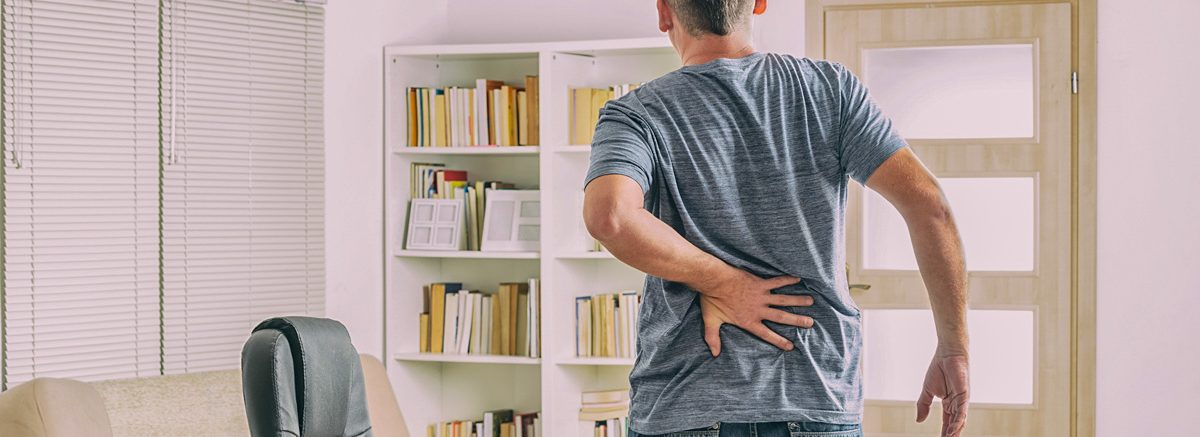The initial phase of alleviating sciatica pain should be identifying what doesn’t move in your body parts, especially along the hips and lower back. To achieve this, engage in numerous stretches and involve all the immovable parts.
It may feel a little bit unnatural to engage in exercises while feeling pain, but I found that resting will aggravate your back pains instead. Incorporating some at-home gentle exercises into my day to day activities worked well to ease my sciatica. You can follow these sciatica pain treatment at-home exercises to get rid of the pain.
Stretch your Piriformis
Start by lying on your back along a flat surface and have one leg bent. Ensure that the opposite leg’s ankle is placed over the knee to form a figure 4’4′ position. Stretch both hands to grab the ankle and the back of the knee. Gently pull the knee towards your chest until you feel a gentle stretch at the elevated leg’s buttock. You can hold on it for about 10 to 20 seconds. Repeat the procedure at least thrice, two times in a day.
Stretch your Harmstring
Find an evenly surfaced table, bed, or a raised platform that allows you to lift your leg onto it without much effort. Also, ensure its firm enough to help stretch out the hamstring area. You can now stretch out one leg on top of the sturdy area on the platform while the other leg is on the ground. Try to keep a rolled towel or a small-sized pillow under the extended knee. Gently lean forward at a slow pace while ensuring that your spine maintains a straight gradient. Once you feel a slight stretch just behind the thigh of your raised leg, do not go further. You can do it about three times for around 10 seconds.
Rolling on a foam

Get a firm and comfortable foam roller, then place it on the floor and sit on it. Once you feel comfy, lift one foot on the opposite knee to form a figure 4’4′ position. Get in motion by rolling along your buttock in a front to back the proposal. You should feel the foam from the bottom of your buttock to your lower back. Try and tighten your abs to maintain an excellent lower back posture as you do the exercises. You should perform the task in 5 repetitions, two times in a day.
Do a Passive Lumbar Extension
To stretch your lumbar, start by lying on your stomach along a flat surface with your palm down just next to your face. Slowly push your torso up using your arms with head first, then your upper back, and gradually get to the lower back. While doing the workout, relax your glutes and the pelvis, and entirely rely on your arms strength. Continue pushing until you feel a slight discomfort at the lower back end then go back to the initial position. Do it gradually, from your upper body, and repeat it around ten times in three sets per day. In case of back pains after the exercise, you can choose alternatives workouts or do it only once in a week.
Do a Lumbar Extension While Standing
Stand next to a wall while facing it, and maintaining a distance of about two steps. Place your hands on the wall, and keep them as high as your shoulders with a considerable feet shoulder-width. Arch your back as you lift your body towards the ceiling with your neck first, followed by the middle back and lower back end. Follow the same sequence, gently return to the starting position, and repeat it about ten times per day.
Repeat the Lumbar Extension Freely
Stand straight with your hands held to the waist then move your chin to your chest until you feel a comfortable pull from the neck to the skull base. Put your hands a little bit back towards your buttocks and gently bend to arch your lower back. As you turn, let your chin maintain a tucked-in position. Once you stretched to the maximum point, slowly return to the initial position. You can repeat the procedure about ten times a day in 3 sets.
Exercises on the Sciatic Nerve
You can go through three different routines aimed at mobilizing the sciatic nerve. However, the nerves are incredibly delicate; thus, you should be extra careful not to stretch it the same way as muscles. You choose among these three to perform the one that is comfy with your body.
Sciatic Nerve Mobility
Recline on your back and wrap a belt on one foot. Hold the belt end, then lift the leg towards the ceiling until you feel a slight stretch. Turn the leg to the inside by pulling on the belt gently without inflicting any pain.

Sciatic Nerve Glide
A second option is to lie on a flat surface then lift the painful leg at a right angle to your back while the knee is bent. Maintain the foot at a relaxed posture and actively pull the toe to your chin. Let go immediately; you feel a sensation.
Sciatic Nerve Flossing
The final option is getting to a sitting position with your legs straight. Get a strap to pull your feet towards your body as you slump your head forward. Once you feel a slight stretch, hold on that position for a few seconds, provided that you feel comfortable.
Conclusion
I believe that easing extreme pain associated with sciatica doesn’t require intense treatment, and you can alleviate pain using the above guidelines. You can rely on self-care methods, including stretching and exercises, to relieve the nerve root compression. However, if you don’t notice any pain relief, it will be best to seek medical attention.
Did you enjoy the topic? If you have any other apprehension or additional information concerning the subject, please feel free to comment. If you think that your friends or network will find this useful, please share it widely to keep many people informed.

